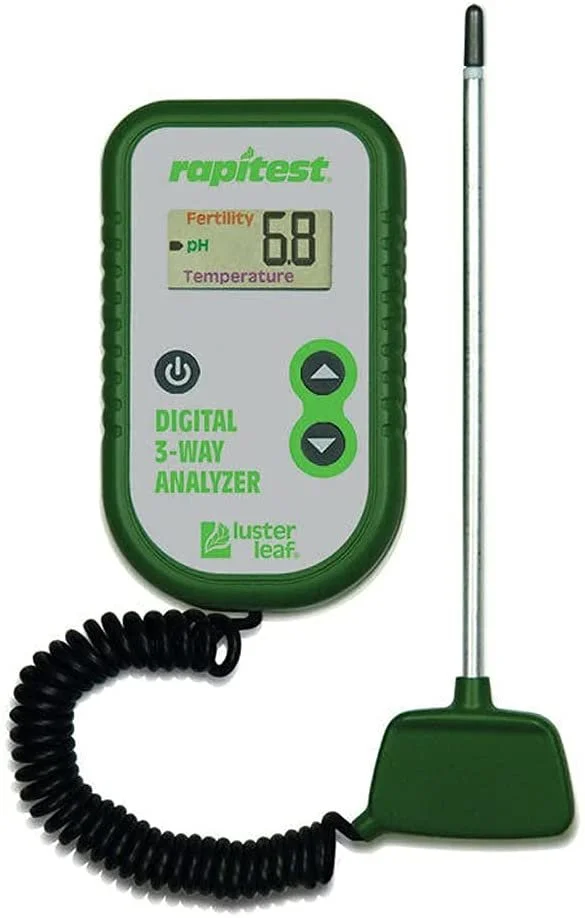While it may seem easy to put those raked leaves and other yard waste in plastic bags and toss them out as garbage, composting can be just as easy and much better for the environment.
"Many landfills no longer even accept leaves or garden wastes," notes Bill Lamont, professor of vegetable crops at Penn State. "Composting may be the easiest way for homeowners to dispose of them."
Composting decomposes organic matter into a dark, crumbly material similar to humus. Finished compost provides nutrients and helps soil retain water by increasing the valuable organic matter in the lawn and garden. Compost is a valuable soil conditioner that can be used in gardens, around trees and on lawns.
Nearly 30 percent of the wastes homeowners throw away each year can be composted.
"Leaves, plants killed by frost, vegetable scraps and grass clippings - all these materials can be composted," says Lamont. "You can start a compost pile now, and the compost process will continue through the coldest days of winter."
Other items typically added to compost piles are coffee grounds, egg shells, sawdust and even small bits of paper.
It is important for the compost pile to contain a mix of carbon- and nitrogen-rich materials because both are essential for the microorganisms that do the decomposing.
"Green, leafy wastes usually are high in nitrogen, while woody materials tend to be high in carbon," Lamont says. "Fertilizer and manure also are good nitrogen sources."
You may need to water a compost pile from time to time, as microorganisms that aid in composting need moisture. One way to gauge moisture is the squeeze test: Tightly squeeze a handful of the material. If a few droplets of water come out, it's just about right. If it looks and feels dry as a bone, hose down the compost pile.
Turn the pile every few weeks with a pitchfork to aerate it, as decomposition without oxygen can cause bad odors. By using a fair amount of coarse material, such as bulky plants or dry leaves, you can also ensure that the pile gets proper aeration. If you detect any odor, turn the pile.
Another good tip is to check the temperature once a week with a soil thermometer. With ample amounts of carbon, nitrogen and moisture and proper aeration, the pile should reach at least 90 degrees F in the middle, which indicates that the process is working. Temperatures up to 140 degrees F will kill weed seeds, but higher temperatures can kill the composting microbes. If the temperature gets too high, turn the compost pile.
As long as the pile is large enough to insulate itself, it will continue to decompose at a slower rate throughout the winter without being turned. When warm weather returns in the spring, begin turning it again. The compost is ready to use when the pile cools and the material is dark, crumbly and sweet-smelling, like soil.
While it is not essential to have a special compost bin, it is a practical idea for those that live in close proximity to others. Unconfined heaps can be visually offensive to neighbors.
Compost bins are available for purchase, or an inexpensive bin can be made from masonry blocks, boards, wire or snow fencing. Make sure your bin is at least three feet high and three feet wide, so that it can hold enough material to function properly.


